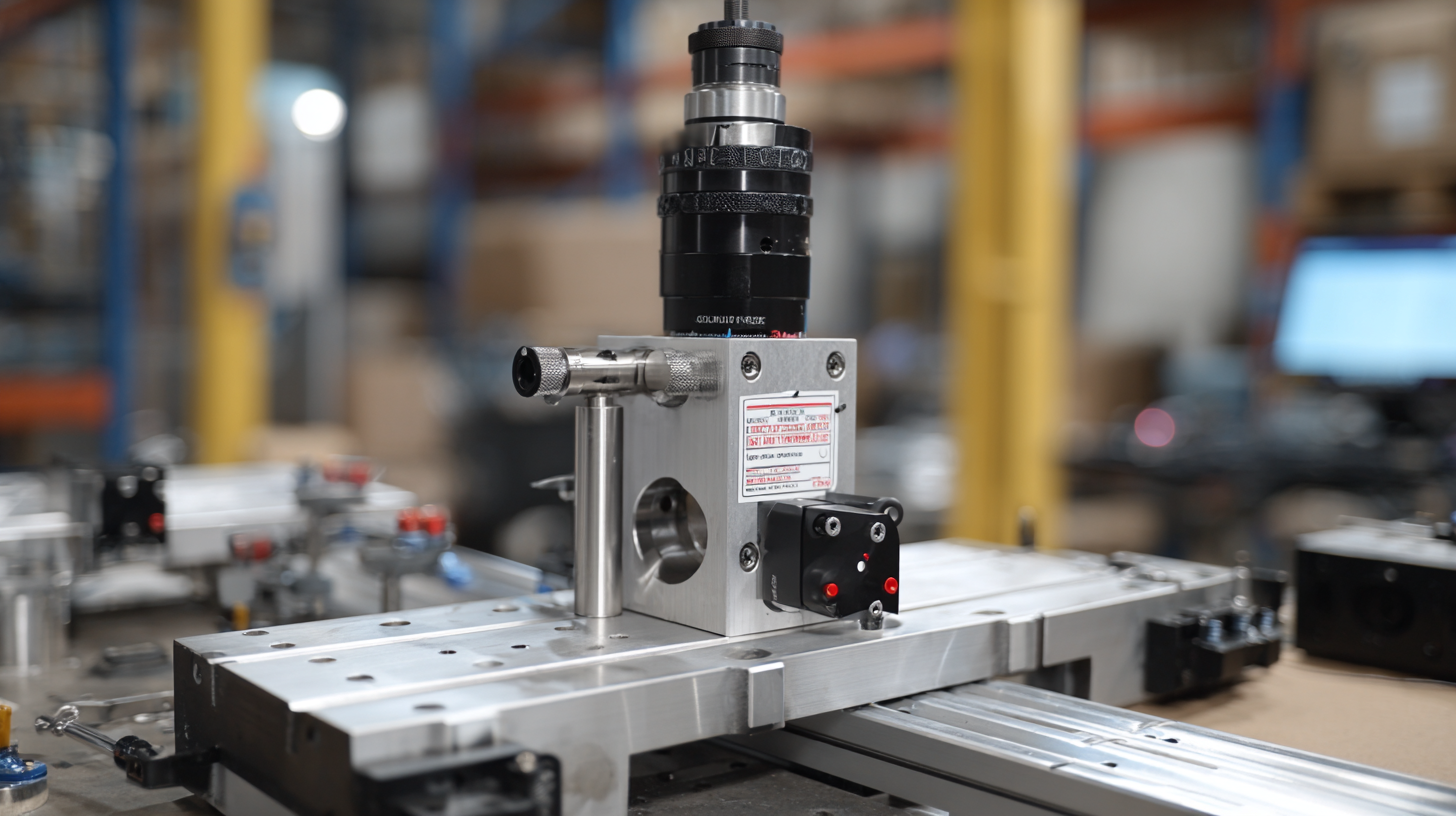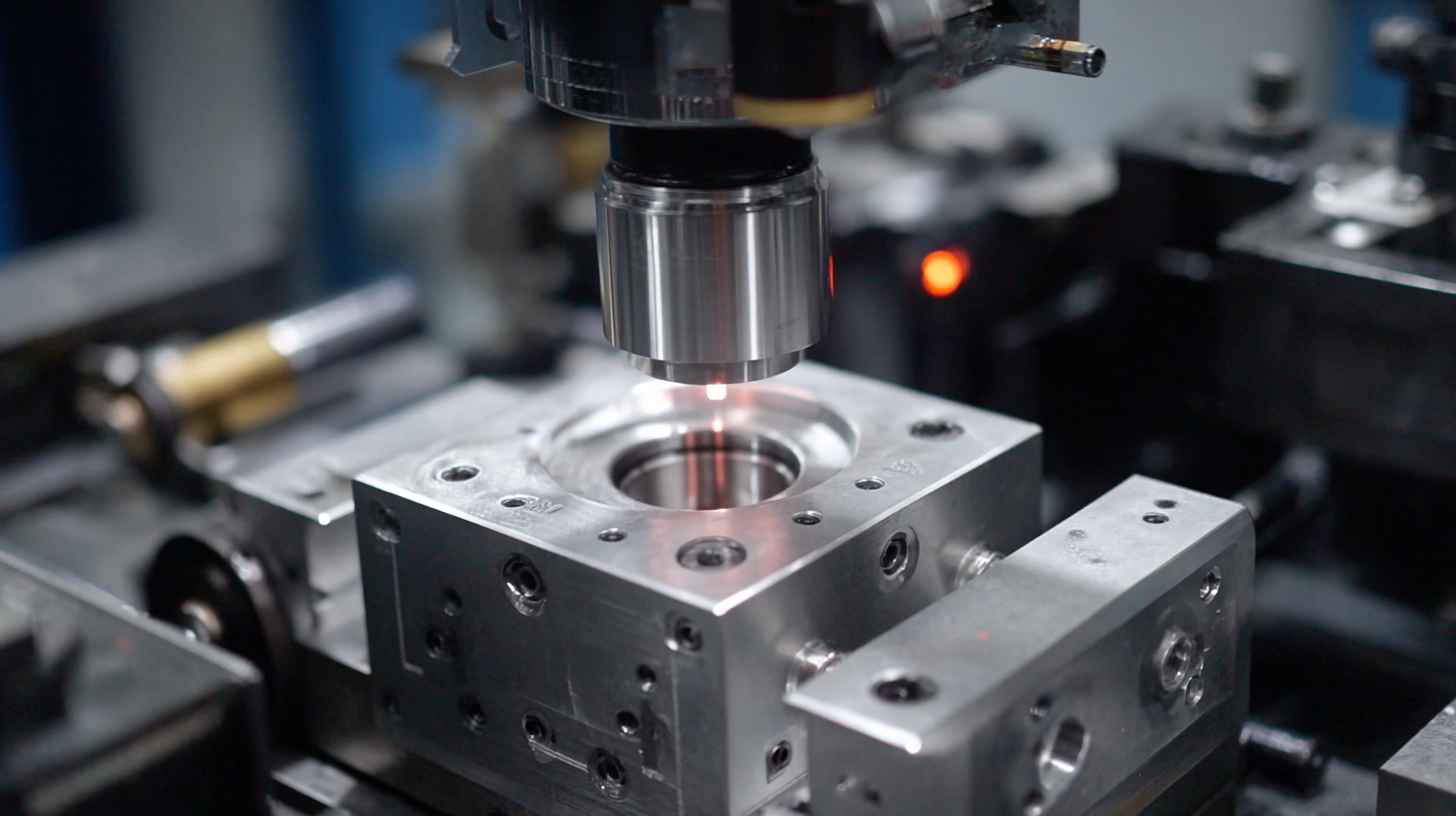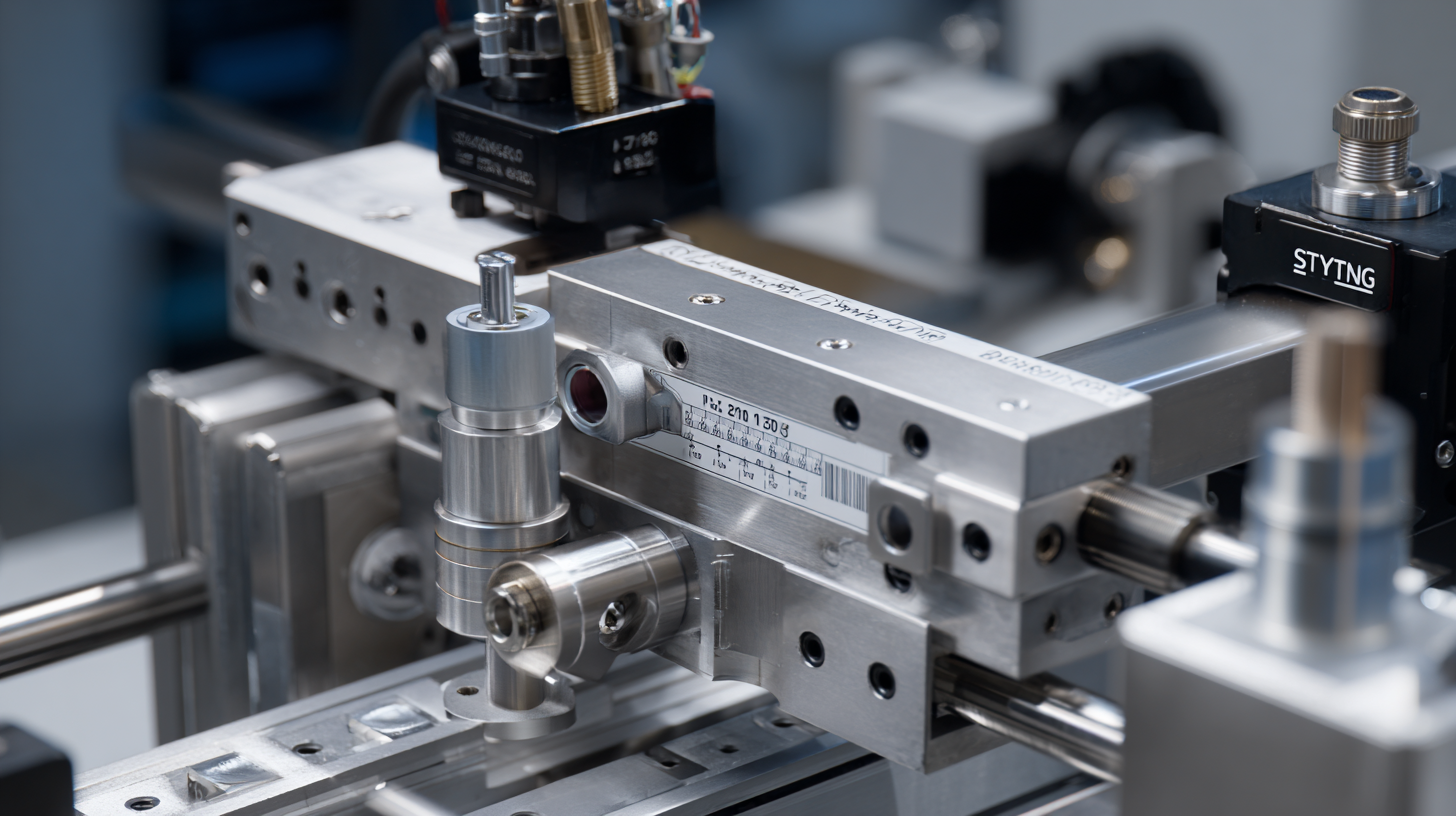

In the fast-paced world of manufacturing, precision and efficiency are paramount, making the choice of the right tools and equipment crucial for success. One essential element that can significantly impact the quality of production is the inspection fixture. Choosing the best inspection fixture not only ensures that components meet stringent quality standards but also streamlines manufacturing processes, reduces downtime, and enhances overall productivity. With various options available in the market, it can be overwhelming to pinpoint the right inspection fixture that perfectly aligns with your manufacturing needs. In this blog, we will explore seven compelling reasons why investing in the best inspection fixture is a game-changer for your operations, ultimately supporting your quest for excellence in quality control and manufacturing efficiency.

In the manufacturing sector, the efficiency of production processes hinges significantly on the quality of inspection fixtures. Effective inspection fixtures serve not only to streamline operations but also to enhance overall product quality. According to industry reports, the implementation of advanced inspection fixtures can lead to a reduction in inspection time by up to 30%, thereby increasing throughput and driving cost savings. This increase in efficiency is critical as manufacturers grapple with tighter deadlines and the demand for higher precision in their output.
Moreover, the use of well-designed inspection fixtures minimizes the risk of defects, which can otherwise lead to costly rework and delays. Research suggests that manufacturers who prioritize quality control mechanisms, including robust inspection fixtures, experience a 40% decrease in rejection rates. By ensuring that parts and assemblies meet stringent quality standards before they move down the production line, companies can significantly improve their operational efficiency, customer satisfaction, and ultimately, their bottom line. This compelling evidence underscores the importance of selecting the best inspection fixtures tailored to specific manufacturing needs.
| Reason | Description | Impact on Efficiency |
|---|---|---|
| 1. Enhanced Accuracy | Inspection fixtures ensure precise measurement and alignment during production. | Reduces errors and rework, saving time and costs. |
| 2. Consistency in Production | Standardizes the inspection process for all products. | Maintains quality control, leading to customer satisfaction. |
| 3. Speed of Inspection | Automation of inspection fixtures accelerates throughput. | Increases production rates significantly. |
| 4. Easy Integration | Can be easily integrated into existing manufacturing systems. | Minimizes downtime during transition. |
| 5. Reduced Labor Costs | Less need for manual inspection labor with automated fixtures. | Lowers operational costs significantly. |
| 6. Durability and Longevity | High-quality materials used in fixtures lead to longer use. | Reduces the need for frequent replacements, optimizing investment. |
| 7. Better Data Collection | Allows for improved data acquisition for quality assessment. | Facilitates continuous improvement in manufacturing processes. |
When selecting the best inspection fixture for your manufacturing needs, several key features can significantly enhance the quality and efficiency of your inspection process. A high-quality inspection fixture should offer precise alignment capabilities to ensure accuracy in measurements. According to a recent report by the National Institute of Standards and Technology (NIST), accurate alignment can reduce measurement errors by up to 25%, leading to higher-quality products and decreased rework time.
Durability is another critical feature to consider. Inspection fixtures that are constructed from high-grade materials can withstand the rigors of repeated usage, thus ensuring consistent performance. The American Society for Quality (ASQ) emphasizes that spending on durable fixtures can yield a return on investment through reduced maintenance costs and prolonged operational life, ultimately contributing to a more efficient manufacturing process.
Tip: When evaluating inspection fixtures, always seek models with adjustable features. This versatility allows you to accommodate different components without the need for multiple fixtures, saving you both time and costs. Additionally, consider investing in modular fixtures, as they can adapt to changing production lines, keeping you competitive in a dynamic market.
Choosing the right inspection fixture is crucial for manufacturers aiming to enhance product quality and maintain consistency. According to a report by the Quality Assurance Association, companies that implement dedicated inspection fixtures can achieve a defect reduction rate of up to 30%. This statistic underscores the importance of precise measurement and inspection techniques in the production process. High-quality fixtures not only ensure that products meet specified tolerances but also streamline the inspection process, leading to shorter cycle times and increased operational efficiency.
Moreover, a study from the National Institute of Standards and Technology (NIST) reveals that businesses utilizing optimized inspection fixtures have seen a 20% improvement in overall product consistency. By reducing variability in the inspection process, manufacturers can provide a more uniform product, which is critical in industries such as aerospace and medical devices, where compliance with strict regulatory standards is paramount. Adopting the best inspection fixtures ultimately translates into higher customer satisfaction and a stronger competitive edge in the market.
In the realm of manufacturing, cost-effectiveness is a crucial factor that can significantly impact a company’s bottom line. By investing in the best inspection fixtures, businesses can enjoy long-term savings that far outweigh the initial costs. Optimal inspection solutions minimize the risk of production errors and defects, which not only saves money on rework but also enhances product quality. This leads to higher customer satisfaction and loyalty, ultimately driving sales and growth.

To maximize the benefits of your inspection solutions, consider these tips. First, evaluate your specific manufacturing needs to choose a fixture that aligns with your production processes. A tailored inspection fixture can streamline operations and improve accuracy. Second, regularly maintain and calibrate your fixtures to ensure they operate at peak performance, which reduces downtime and extends their lifespan. Lastly, don’t underestimate the importance of training your team. Equip them with the knowledge and skills needed to utilize inspection fixtures effectively, which will lead to more efficient inspections and substantial cost savings.
By focusing on cost-effectiveness and long-term savings with optimal inspection solutions, manufacturers can create a more productive and profitable operation. Investing wisely in inspection fixtures today can set the stage for sustainable growth in the future.
In the competitive landscape of manufacturing, using the right inspection fixtures can significantly impact production quality and efficiency. Companies that have harnessed the power of advanced inspection fixtures report remarkable improvements in their operations. For instance, a leading automotive manufacturer implemented custom inspection fixtures that reduced their quality assurance time by 40%. This enhancement not only streamlined their processes but also led to a decrease in defect rates, ensuring that they remained competitive in a fast-paced market.

Another success story comes from a medical device company that struggled with inconsistent measurements during their quality control checks. By investing in precision inspection fixtures designed for their specific products, they saw a dramatic increase in accuracy. This change not only improved their product reliability but also boosted their reputation among healthcare professionals. The ability to consistently deliver high-quality products allowed them to expand their market reach and enhance customer satisfaction. These real-world examples underscore the importance of selecting the best inspection fixtures to meet manufacturing needs and drive business success.
